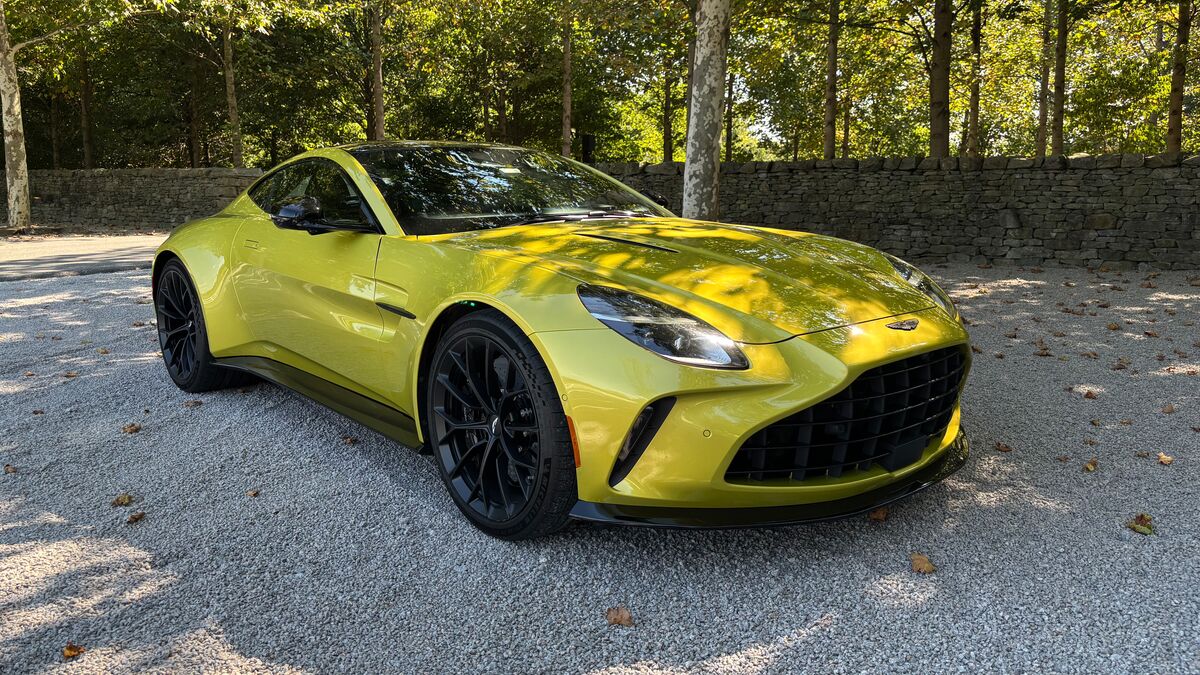
Two sets of proposed standards apply to different groups of vehicles. Neither proposal requires manufacturers to build electric vehicles (EVs). But both restrict the pollution new vehicles can emit.
The auto industry has settled chiefly on EVs as the most practical emissions-free vehicles. Some still experiment with low-volume hydrogen fuel-cell cars in California.
The proposed rules are separate from fuel economy standards that require cars to meet specific mileage targets. The United States government is also expected to revise those rules soon.
One set of rules would apply to light- and medium-duty vehicles — a category that includes nearly every car, truck, and SUV Americans buy for household use. The other would affect only heavy-duty trucks generally used for commercial needs.
The Rules Aren’t Final Yet
The proposal is just a proposal for now. NPR explains, “Before they are finalized, the proposed standards (which include several alternative options) will be open for public comment. They may be revised before they enter into effect.”
Why This Is Needed
According to the EPA, Americans make more pollution through driving than through any other source. Transportation overtook even electric power production as a source of greenhouse gas emissions early this decade.
The EPA explains, “Greenhouse gases trap heat and make the planet warmer. Human activities are responsible for almost all of the increase in greenhouse gases in the atmosphere over the last 150 years.” Warming global temperatures are already responsible for increasing deadly severe weather events and are likely to become more dangerous in the coming decades.
Future consequences of climate change, according to a recent United Nations report, could include hunger and malnutrition due to crop failures, large-scale droughts, the loss of much of the planet’s coastline, and in some regions, daytime temperatures too hot for human habitation.
The EPA says its proposals could produce the equivalent of “eliminating all greenhouse gas emissions from the entire current U.S. transportation sector for four years” to slow the rate of climate change. They could also “deliver significant health benefits by reducing fine particulate matter that can cause premature death, heart attacks, respiratory and cardiovascular illnesses, aggravated asthma, and decreased lung function.”
67% of All New Cars Could Be EVs by 2032
The EPA estimates that “EVs could account for 67% of new light-duty vehicle sales and 46% of new medium-duty vehicle sales in [model year] 2032,” depending on how automakers choose to comply with the new rules.
Progress So Far
The White House estimates that EV sales have tripled, and the number of EVs available for sale has doubled since President Biden took office.
Kelley Blue Book parent company Cox Automotive provides slightly lower estimates. But the numbers still show a remarkable rise.
In 2021, about 3.2% of the new cars Americans bought were electric. By the end of 2022, that number had reached 5.8%. It’s accelerating rapidly. In the first quarter of 2023, Cox Automotive economists estimate that 7% of the new cars Americans bought were electric.
Electric car sales are growing fast, even as overall car sales have slowed in recent years.
Total new vehicle sales fell 8% in 2022. But electric vehicle sales grew by a shocking 65%, according to Cox Automotive.
The EPA estimates that the number of public EV chargers has grown 40% since 2020. That figure, however, is less important than it may seem. Most EV charging takes place at home. EV owners who live in apartments may be dependent on public chargers. But EV owners who can plug in at home rarely need public chargers.
What Hurdles Remain
The automotive industry is transitioning to electricity fast; automakers now routinely reveal new electric vehicles every month. They also regularly announce end dates for gas-powered models. Even two of the three remaining muscle cars — perhaps the greatest symbols of gasoline culture — have been given end dates. Both the Dodge Challenger and Chevrolet Camaro will disappear from the market after 2023.
But automakers worry they won’t be able to produce new electric cars fast enough to meet the EPA’s deadlines. The Alliance for Automotive Innovation is the industry’s most important trade group. Alliance President John Bozzella calls the new rules “aggressive by any measure.”
Americans buy between 13 million and 17 million cars most years. Cox Automotive expects EV sales to cross the 1 million mark for the first time this year.
Electric-vehicle-only automakers like Tesla and startups Lucid and Rivian already meet the proposed mandates. But most established automakers are far from compliant today.
General Motors, America’s largest automaker, sold 2.27 million vehicles last year. The company has announced plans for electric vehicles from all its brands, with prices ranging from $30,000 to $300,000. But in 2022, less than 40,000 of the vehicles it sold were electric.







